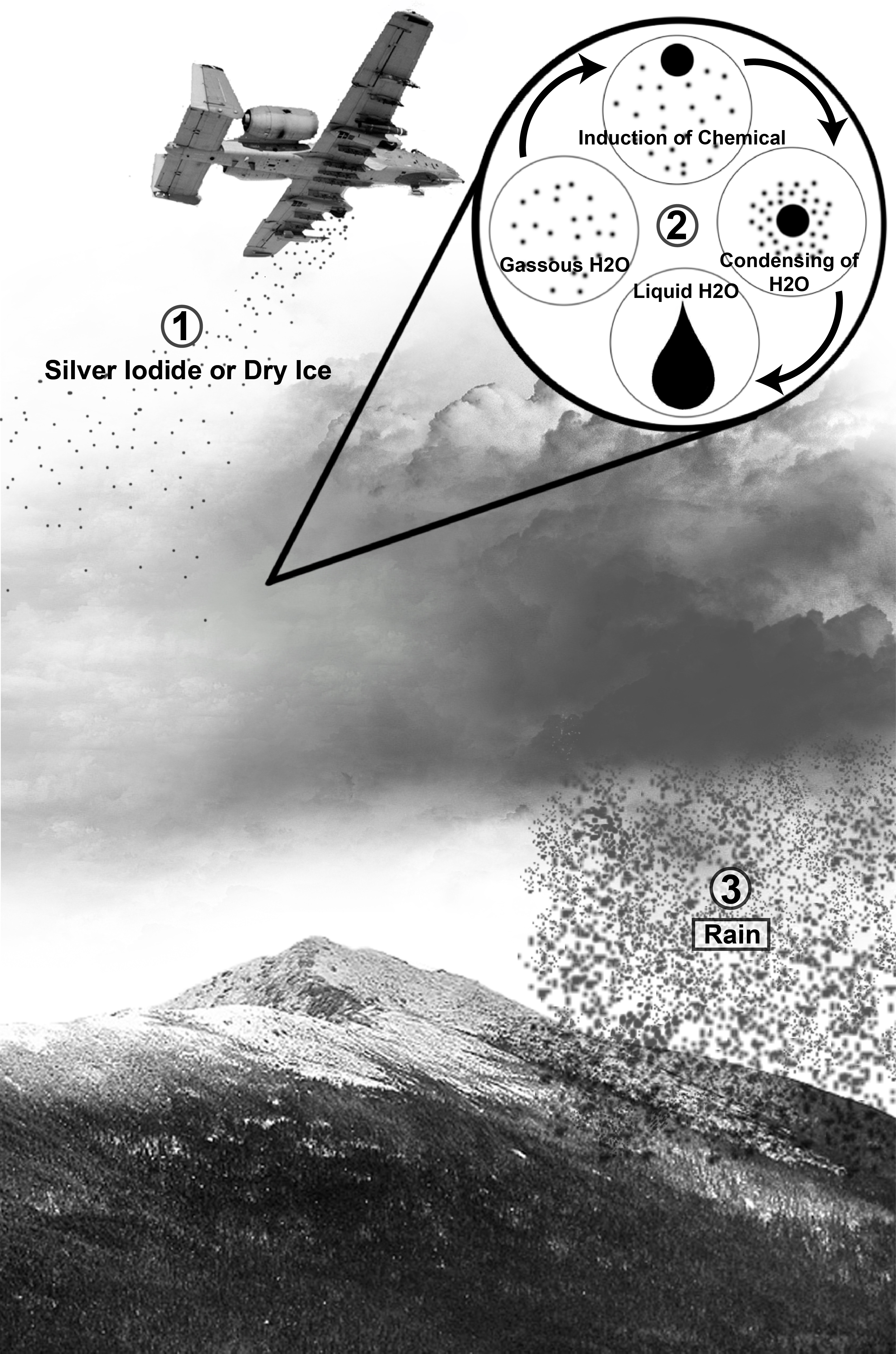The scientific process of cloud seeding alters cloud structure to increase precipitation. It involves adding silver iodide or dry ice to clouds to make them rain or snow.
Cloud seeding forms and structures:
- Cloud seeding methods include ground-based cloud seeding, which uses generators or cannons to release cloud-seeding agents into the atmosphere. Drought-stricken areas use this method to increase precipitation.
- Aerial cloud seeding uses aircraft or drones to release cloud-seeding agents into the atmosphere. Mountainous regions use this method to increase precipitation.
- Hygroscopic Cloud Seeding: Salt is used to increase cloud droplets and precipitation.
Structure of cloud seeding
The structure of cloud seeding includes cloud nuclei, such as silver iodide or dry ice, which alter microphysical processes within the cloud. This change can cause more ice crystals and precipitation.
Electric Charge: In 2021, the UAE began cloud seeding with aerial drones.
Environmental Concerns of Cloud Seeding
- Silver Toxicity: Experts warn of potential silver toxicity and environmental issues if the practise is widespread.
- People worry that cloud seeding could disrupt Earth’s natural moisture balance, causing unintended consequences.
- Cloud seeding can harm animals and plants due to its chemicals.
In conclusion, cloud seeding is a scientific method that alters cloud structure to increase precipitation. It uses cloud nuclei or electricity and can be done ground-based or aerially. Cloud seeding can cause silver toxicity, moisture imbalance, and wildlife harm.

